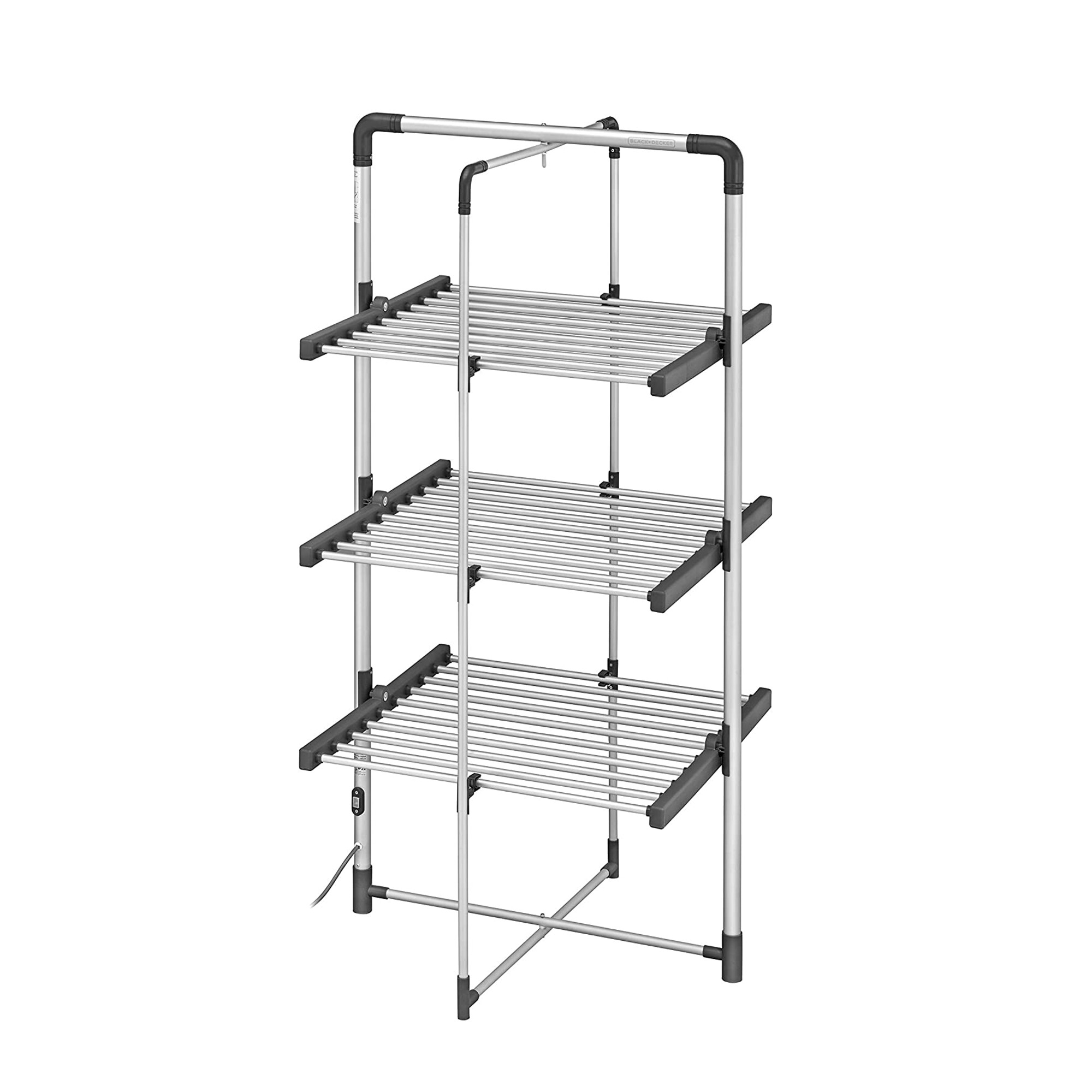How long does a heated airer take to dry clothes? This is how long it should really take to dry T-shirts, knitwear, and bed sheets
It all depends on the clothing you're trying to dry...
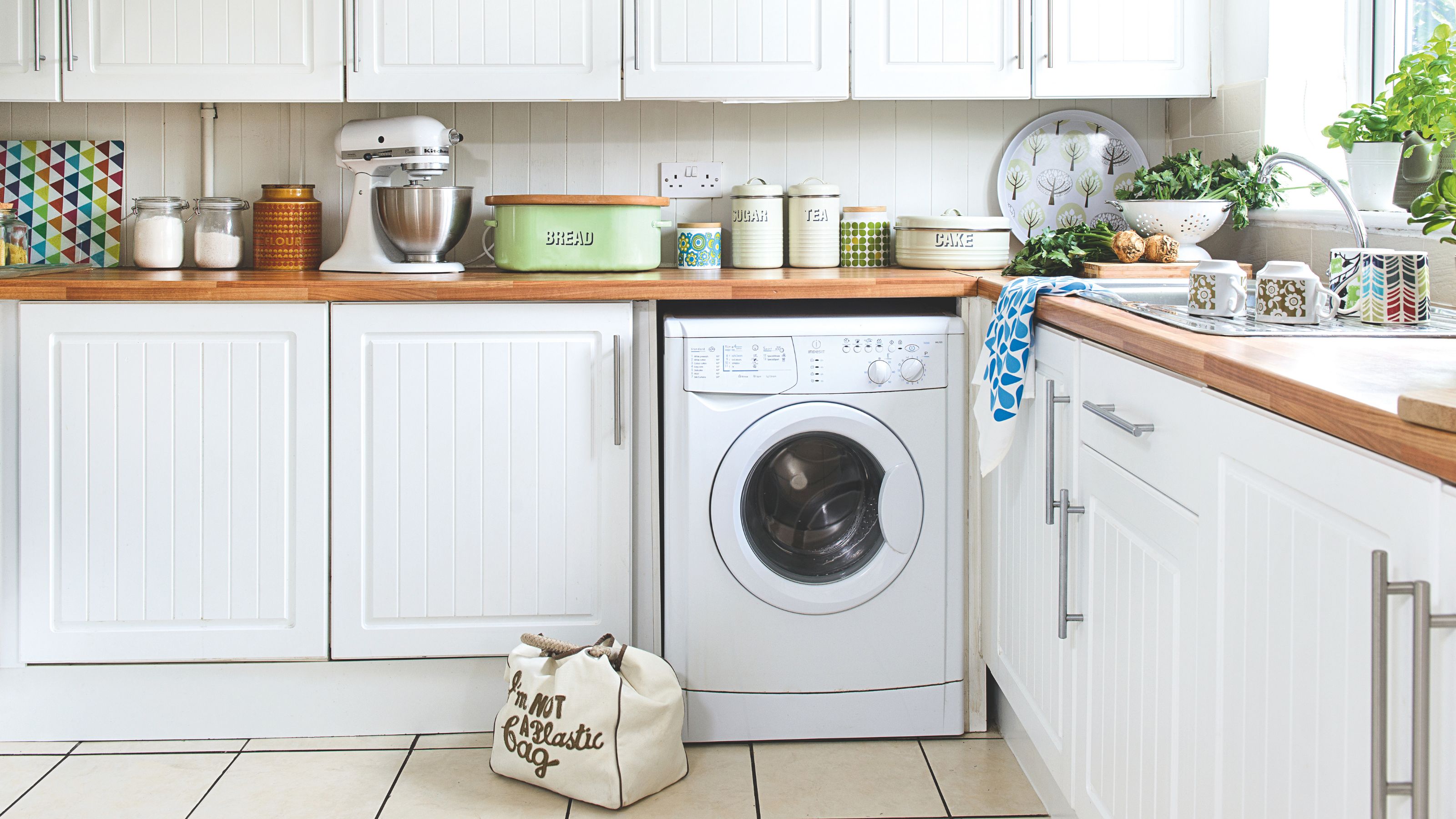

How long does a heated airer take to dry clothes? It's important to know, whether you're toying with the idea of buying a heated airer or struggling to get to grips with one you’ve just purchased. After all, most people buy a heated airer in the hope that it will cut down drying time.
Although the best heated airers are becoming a popular choice for those looking to dry their clothes in winter, there’s an art to using this appliance. It’s incredibly easy to make heated clothes airer mistakes, which can make you question whether a heated airer is worth the investment - especially when it takes hours for your clothes to try.
That’s why it’s crucial to understand how long a heated airer should actually take to dry clothes. This way, you can check that you are using your airer effectively and determine whether you need to switch up your technique to help your clothes dry faster.
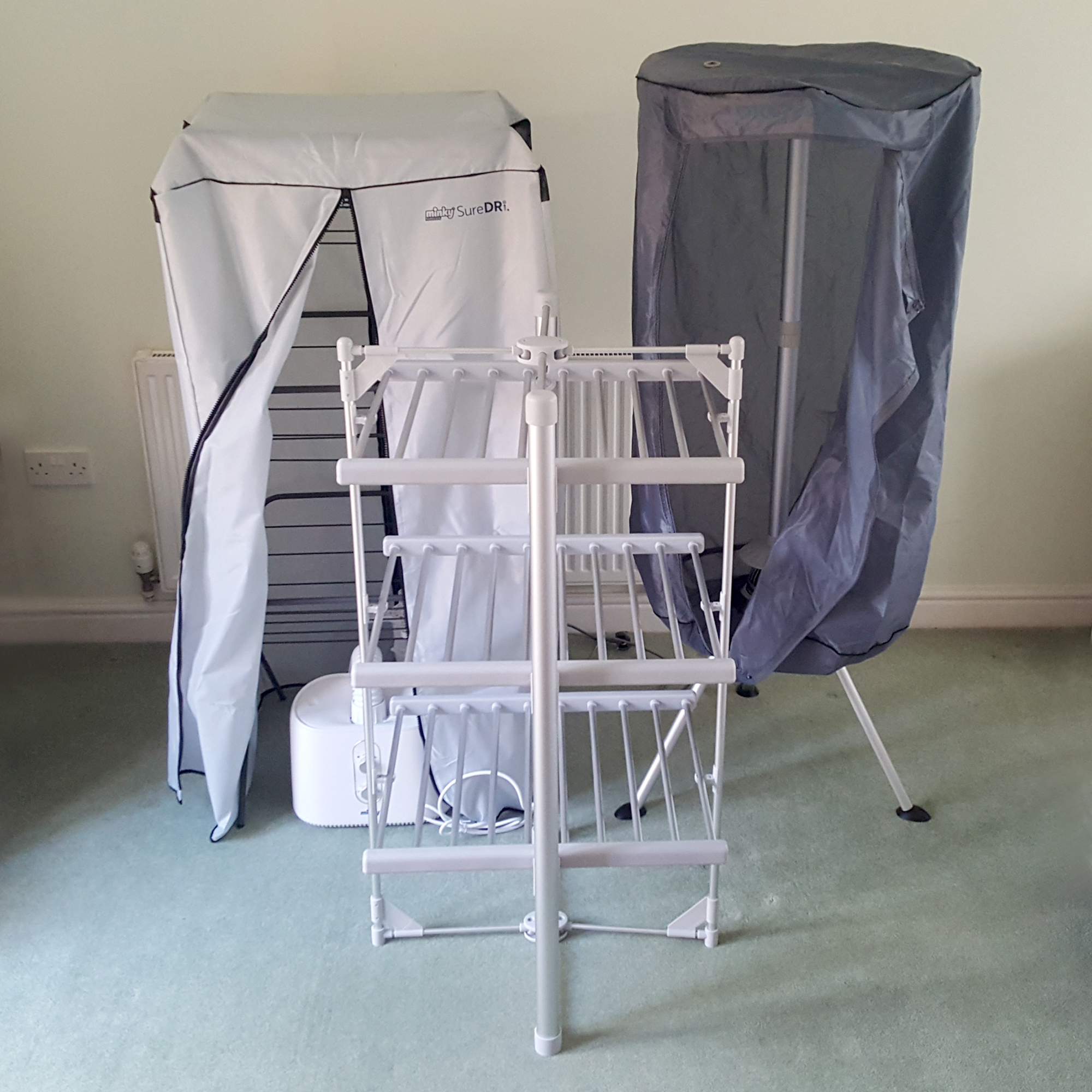
How long does a heated airer take to dry clothes?
The answer to this question isn’t a simple one, as drying time using a heated airer depends on different factors. Nicholas Auckland from Trade Radiators, says, ‘On average it takes around 4 hours to dry a regular load of washing using a heated clothes airer. However, this can vary depending on multiple factors such as the capacity of the airer, the type of clothing drying and the room size.’
The type of clothing greatly impacts how long a heated airer takes to dry clothes, as different materials have different compositions that ultimately affect how well they hold water. Some are highly absorbent, while others aren’t.
Stuart Middleton, consumer energy expert at So Energy explains further. ‘As a general rule, cotton and linen will dry the fastest (4-5 hours), whereas larger items like jumpers that are made from thicker materials could take up to ten hours,’ he says.
‘So, it’s worth factoring this in if you’re hoping to wear a certain garment for a set occasion. One of the fastest items to dry on a heated airer is bedsheets, which can be ready to fold away in as little as 90 minutes.’
Get the Ideal Home Newsletter
Sign up to our newsletter for style and decor inspiration, house makeovers, project advice and more.
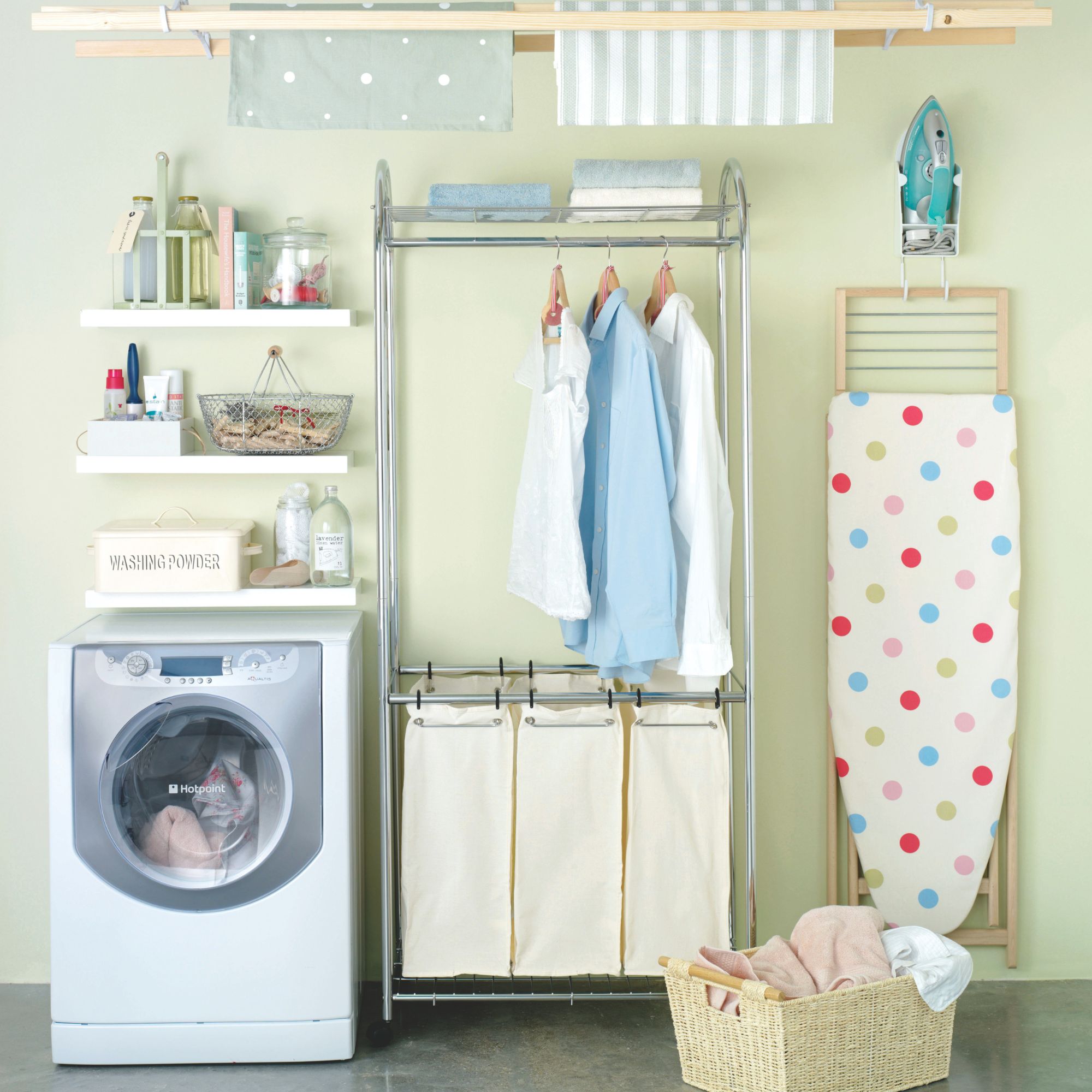
You’ll also find that underwear and smaller garments dry quicker on a heated airer - especially if they are hung on the top racks. After all, heat rises, and the clothes on the top of your heated airer will ultimately dry quicker than those on the bottom.
Because of this, Stuart advises, ‘Once these are ready to be put away, move your other garments up to fill their place. This will help to ensure that everything dries as quickly as possible, also reducing the amount of power you need to use.’
If you’re conscious of how much it costs to run a heated airer, understanding how long a heated airer takes to dry clothes is key to planning your laundry schedule - and for keeping your energy bills under control.
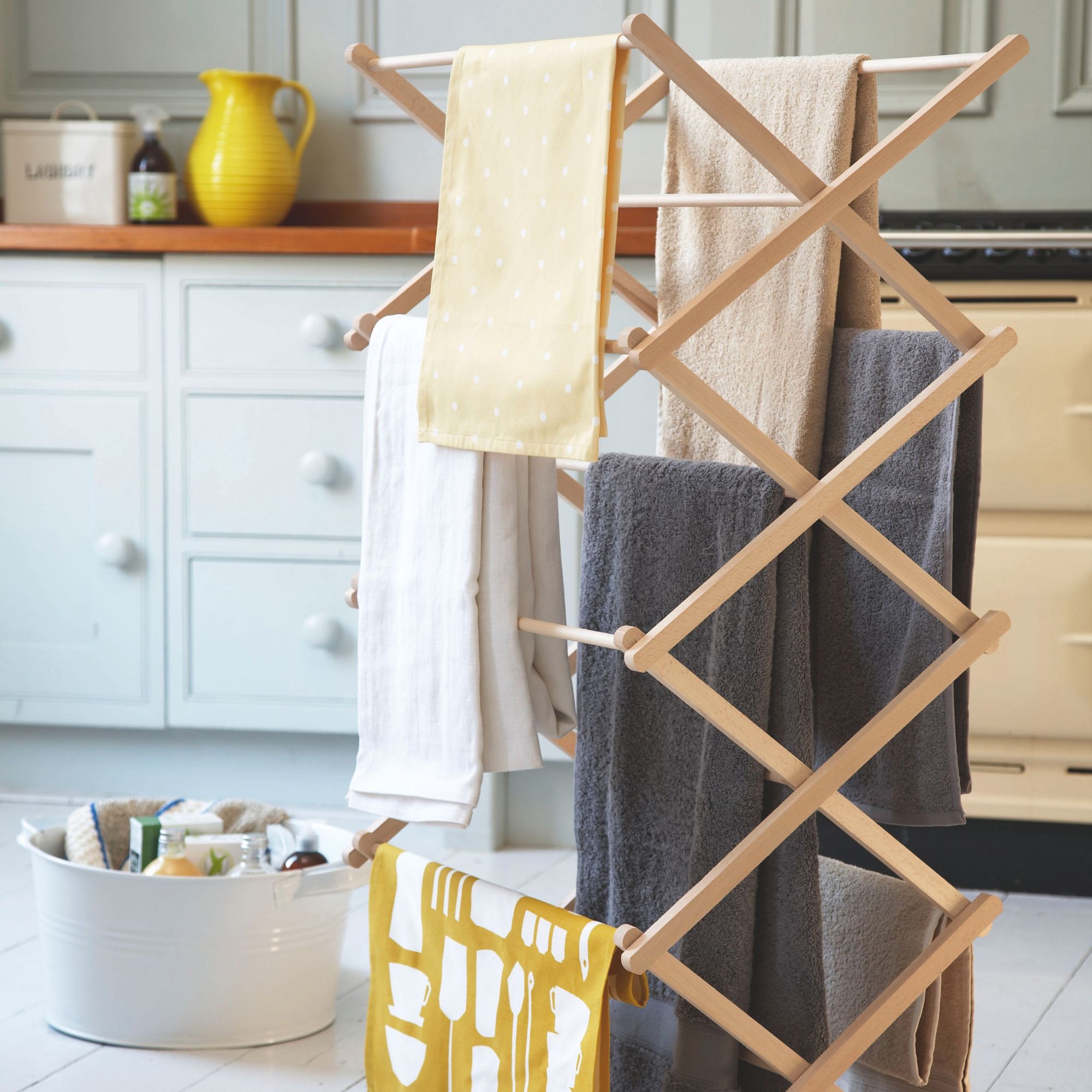
How can I make my heated airer dry faster?
To use a heated airer effectively, you want to reduce the amount of time it takes to dry your clothes. And while this is largely dependent on the type of clothing you’re drying, there are other factors that can affect how long a heated airer takes to dry clothes.
1. Choose a bigger heated airer
One of the biggest heated clothes airer buying mistakes you can make is not buying the right size for your laundry loads and your home as a whole. And if you choose the wrong size, you'll actually increase the time it takes for your airer to dry clothes.
Nicholas says, ‘If an airer has a larger capacity, it will provide more space for clothing and this can help to speed up the drying process. Smaller heated airers may result in the overlapping of clothing items, this can prevent the circulation of air and extend the time it takes to dry clothes.’
And while we understand that space can be an issue if you live in a small home, bigger is always better when it comes to heated airer drying time.
2. Place it in a smaller room
There’s a high chance that you'll place your heated airer in a location that won’t encroach on your general day-to-day life. But if that’s a large room, you could be doubling your drying time without realising it.
Nicholas says, ‘Surprisingly, the drying time of your heated airer will change depending on the size of the room it’s used in. If it’s placed in a small room the heat will remain more concentrated and dry the clothes quicker. It’s also important to ensure that the room is well insulated to prevent heat escaping.’
So, this is something to consider if you want your laundry to dry quicker.
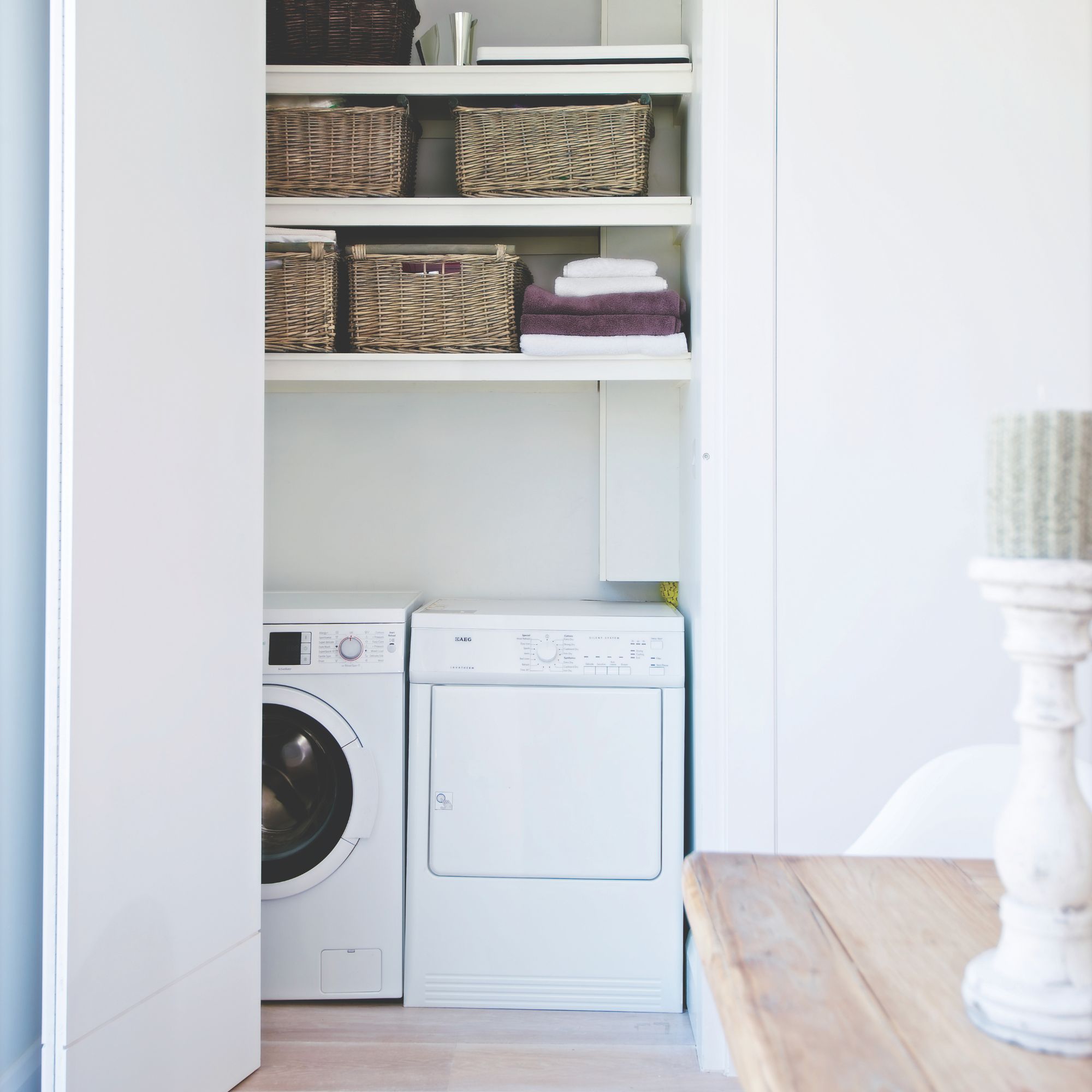
3. Give your washing an extra spin
Ultimately, a heated airer dries clothes by removing the moisture from them - and if you have less moisture in them to start with, they’ll take less time to dry.
That’s why experts swear by giving your washing an extra spin to cut down drying time. Nicholas agrees, stating, ‘This will remove as much excess water as possible to ensure that they dry faster.’
And while we understand that the cost to run a washing machine isn’t as cheap as it once was, running an extra 10-minute spin cycle should be cheaper than keeping your heated airer on for an extra hour or two.
4. Use a heated airer cover
If you want to help your heated airer dry your clothes faster, it’s well worth investing in a heated airer cover - or using a budget alternative - if you haven't already.
Stuart says, ‘If using a heated airer, one of my favourite ways to cut drying times and costs is to hang a bedsheet on top of other clothes – this helps to create a pocket of air so that everything dries more quickly. You could also invest in a fitted cover for this purpose too.’

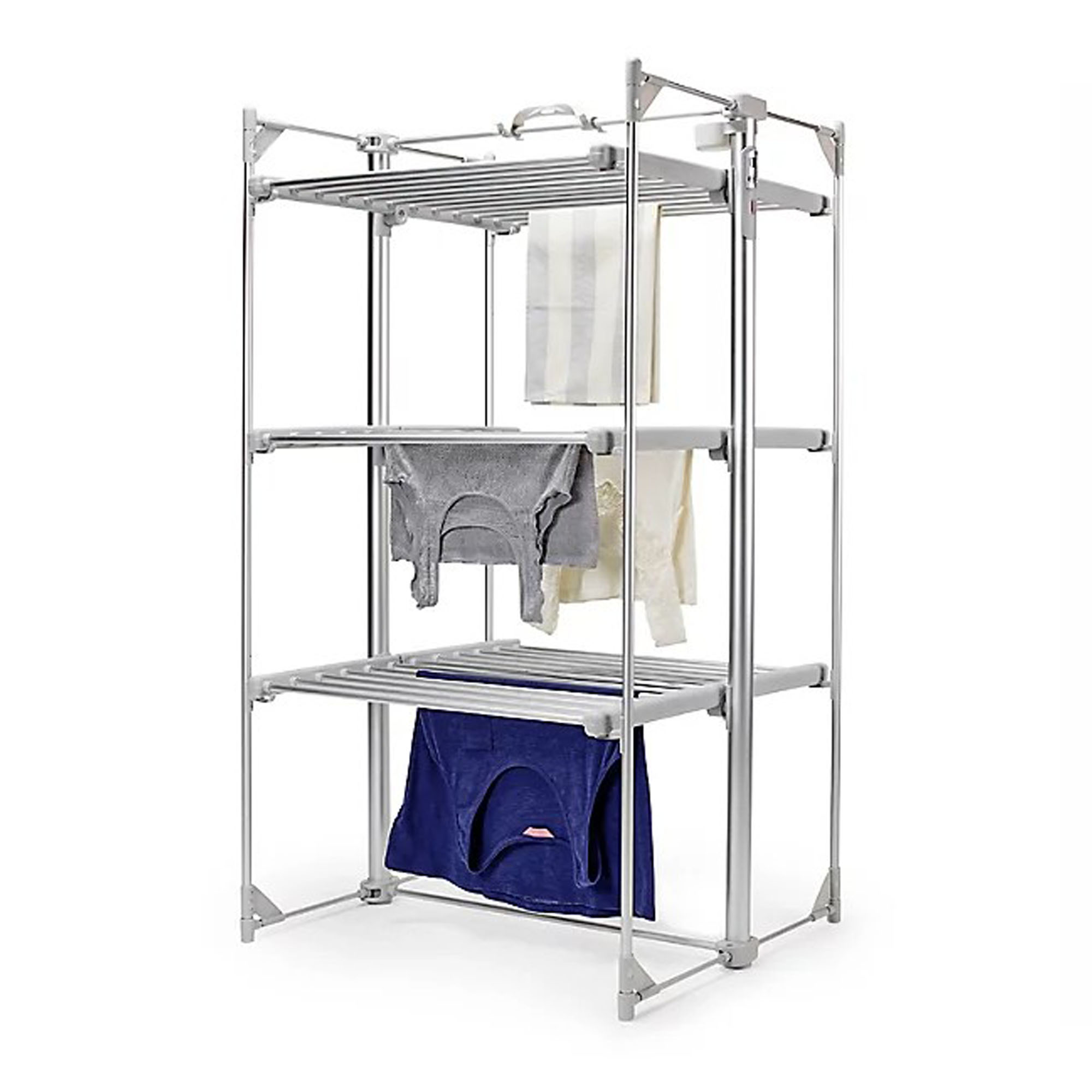
FAQs
Can you dry bedding on a heated airer?
Yes, you can dry bedding on a heated airer. This is generally more effective if you have a larger heated airer and can spread the bedding out.
If you only want to dry bedding, you can also lay sheets over the top of the airer, as the heat from underneath will rise and dry it over the course of a few hours.
However, it’s important to find a way of drying bedding on a heated airer that works for you and your airer. In some cases, you may want to flip down the rails to make more space.
How should you hang clothes on a heated airer?
You should hang your clothes on a heated airer strategically, as this will allow all of your items to dry as quickly as possible. But as certain clothes dry quicker than others, you should hang certain items on certain rails.
Hang lighter fabrics on the bottom rails, and then stick the heavier, wetter fabrics on the top rails. As the lighter fabrics will dry quicker, you can then remove them and spread the heavier fabrics out across the rails so they have more space to dry.
You could also hang T-shirts and jumpers on hangers and hang them from the heated airer rails as this can also save on ironing time.

Lauren Bradbury has been the Content Editor for the House Manual section since January 2025 but worked with the team as a freelancer for a year and a half before that. She graduated with a Bachelor’s degree in English and Creative Writing from the University of Chichester in 2016. Then, she dipped her toe into the world of content writing, primarily focusing on home content. After years of agency work, she decided to take the plunge and become a full-time freelancer for online publications, including Real Homes and Ideal Home, before taking on this permanent role. Now, she spends her days searching for the best decluttering and cleaning hacks and creating handy how-to guides for homeowners and renters alike, as well as testing vacuums as part of her role as the Ideal Home Certified Expert in Training on Vacuums, having spent over 110 hours testing different vacuum models to date!
-
 My go-to Ninja coffee machine is on sale for Easter weekend
My go-to Ninja coffee machine is on sale for Easter weekendIt makes coffee shop quality achievable at home
By Molly Cleary
-
 When to plant out annual flowering plants for vibrant, colourful garden borders – and give them the best start, according to experts
When to plant out annual flowering plants for vibrant, colourful garden borders – and give them the best start, according to expertsNot sure when to plant out annual flowering plants? We've got you covered...
By Kayleigh Dray
-
 I'm a kitchen decor editor and didn't like this tableware trend - until I saw H&M Home's designer-look plates
I'm a kitchen decor editor and didn't like this tableware trend - until I saw H&M Home's designer-look platesThey made it easy to justify a new crockery set
By Holly Cockburn
-
 Aldi is releasing a budget alternative to the cult Joseph Joseph washing up bowl – it’s just £4.99
Aldi is releasing a budget alternative to the cult Joseph Joseph washing up bowl – it’s just £4.99The Joseph Joseph washing up bowl is an Ideal Home favourite - now we can't wait to try Aldi's alternative
By Kezia Reynolds
-
 I just bought my first home, and this £10 buy was the very first thing I bought for it to make it feel warmer and secure
I just bought my first home, and this £10 buy was the very first thing I bought for it to make it feel warmer and secureIf I did it all again, this would still be my very first buy
By Rebecca Knight
-
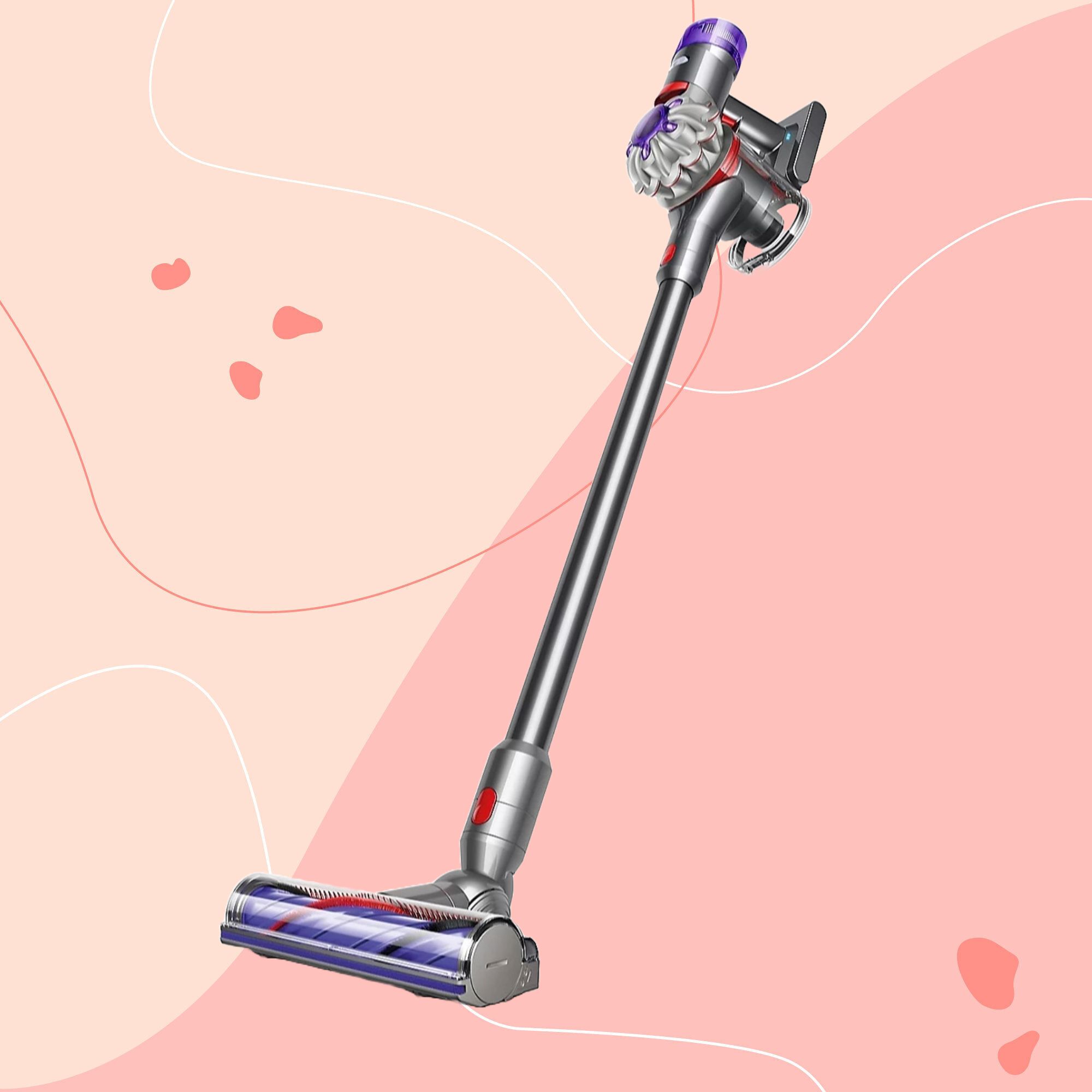 It’s normally impossible to find a Dyson vacuum for under £250 — but QVC has slashed the price of their bestselling models for a limited time
It’s normally impossible to find a Dyson vacuum for under £250 — but QVC has slashed the price of their bestselling models for a limited timeRun don’t walk to pick up the brand’s bestselling model for under £230 before it sells out
By Lauren Bradbury
-
 Catherine Zeta-Jones has revealed the cleaning product she swears by to keep her home fresh - and it’s just £8 on Amazon
Catherine Zeta-Jones has revealed the cleaning product she swears by to keep her home fresh - and it’s just £8 on Amazon'I use it on my counters. I use it on my walls. I use it on my doors. When I smell it, I know my house is clean.'
By Kezia Reynolds
-
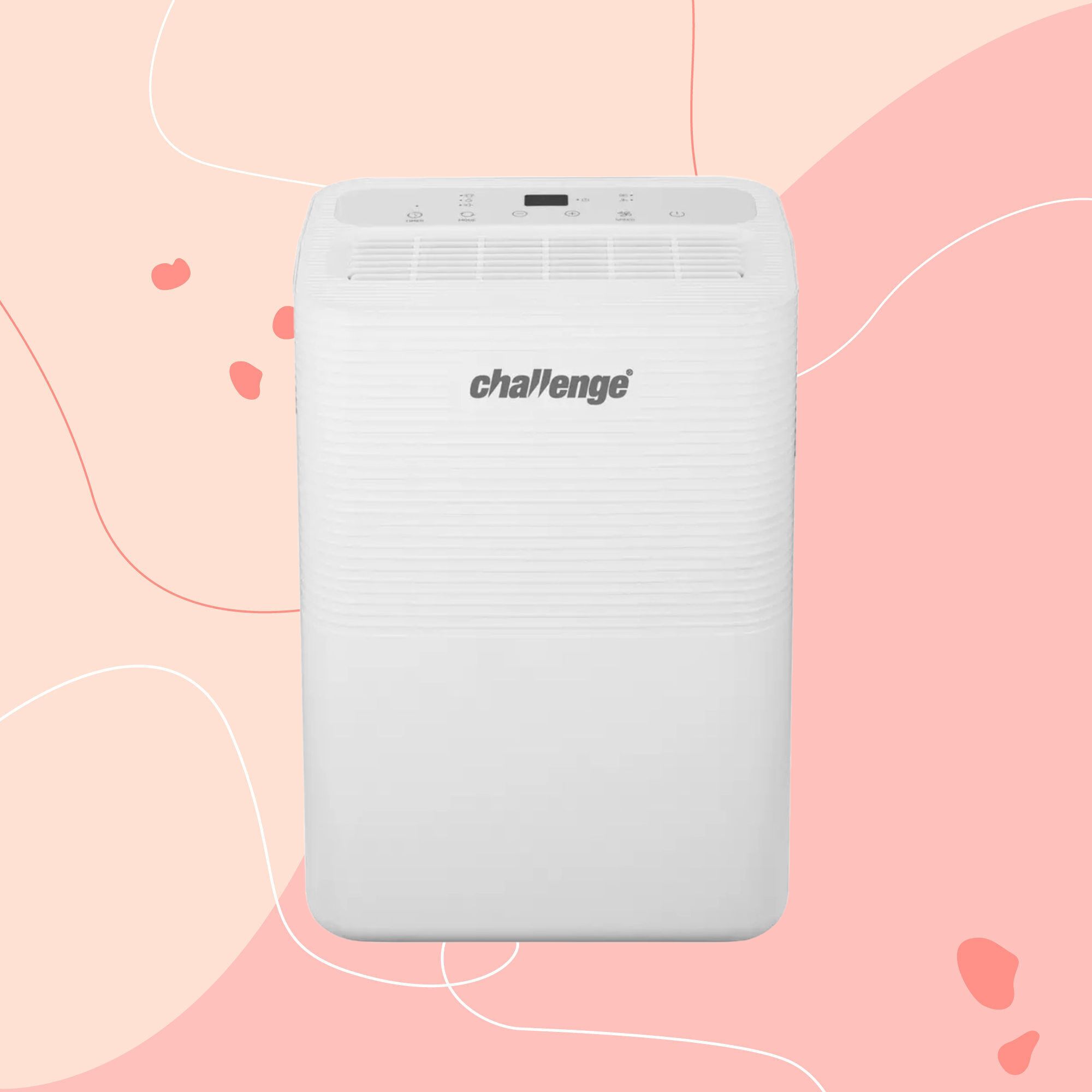 I tested the 12L Challenge dehumidifier in my damp Victorian home over winter — I haven’t spotted any signs of mould for the first time in five years
I tested the 12L Challenge dehumidifier in my damp Victorian home over winter — I haven’t spotted any signs of mould for the first time in five yearsThe Challenge 12L dehumidifier doesn’t have too many bells and whistles, but I can already see the difference it’s made to my damp home
By Lauren Bradbury
-
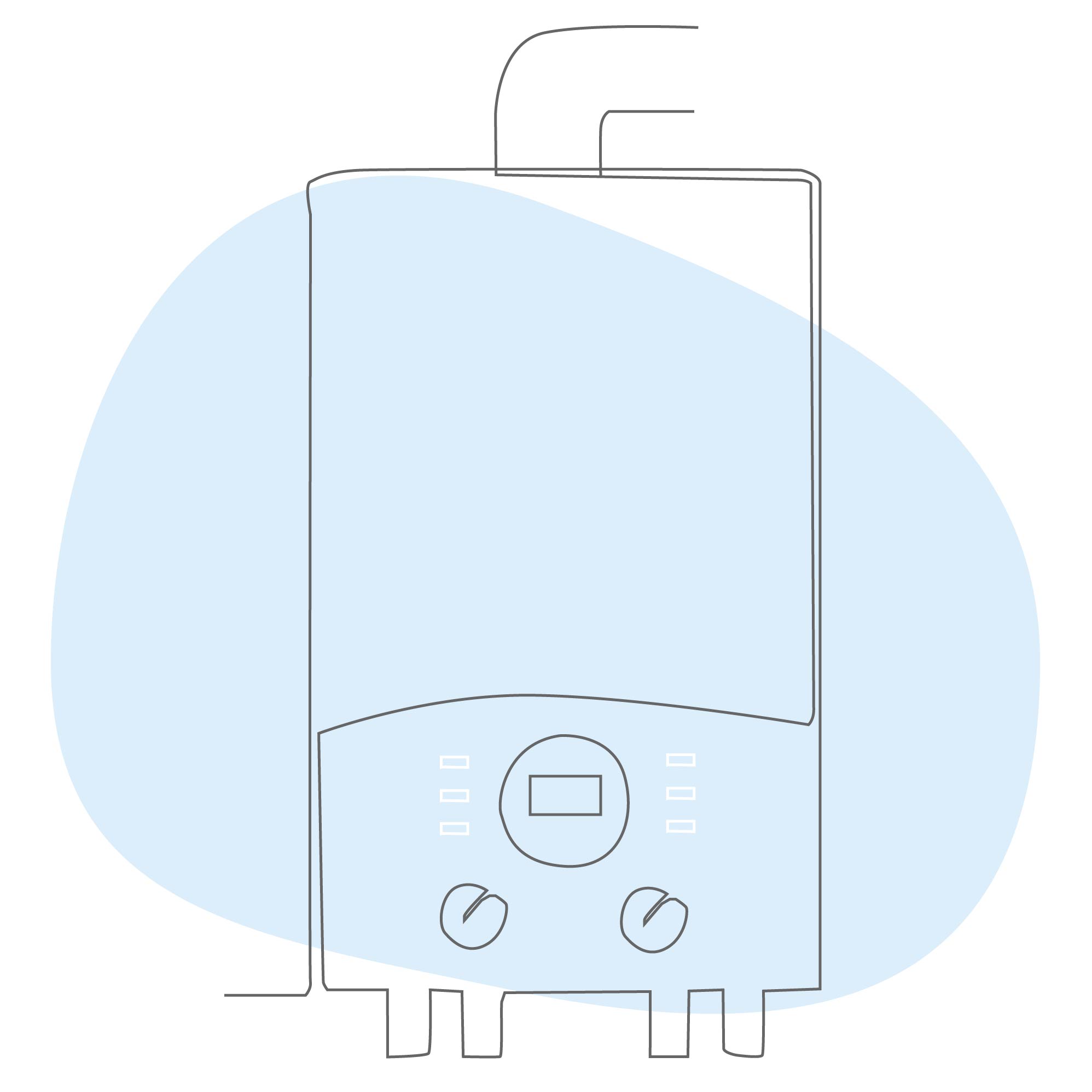 What is boiler flow temperature? Heating experts urge you to check yours now as you could be overpaying on your energy bills
What is boiler flow temperature? Heating experts urge you to check yours now as you could be overpaying on your energy billsTurning this little-known number down just a few degrees can result in some serious savings
By Lauren Bradbury
-
 Stacey Solomon has shared 5 nifty wardrobe storage hacks to make getting ready in the morning easier — and they're genius
Stacey Solomon has shared 5 nifty wardrobe storage hacks to make getting ready in the morning easier — and they're geniusThese five wardrobe storage hacks are a gamechanger
By Katie Sims
-
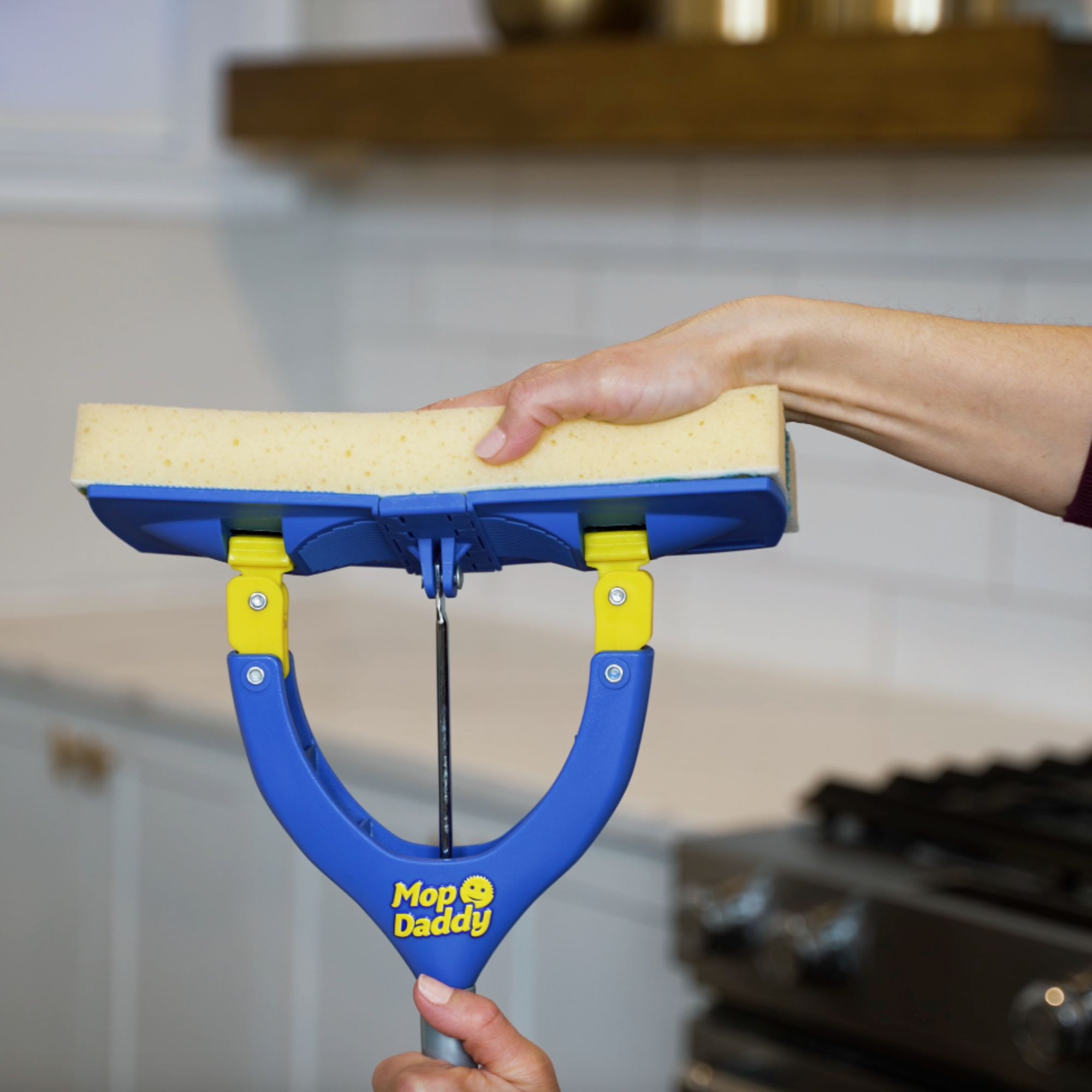 Cult cleaning brand Scrub Daddy has just launched a brand new butterfly mop — could it be the ultimate solution for banishing stubborn marks on your floor?
Cult cleaning brand Scrub Daddy has just launched a brand new butterfly mop — could it be the ultimate solution for banishing stubborn marks on your floor?We're obsessed with all things Scrub Daddy
By Kezia Reynolds
